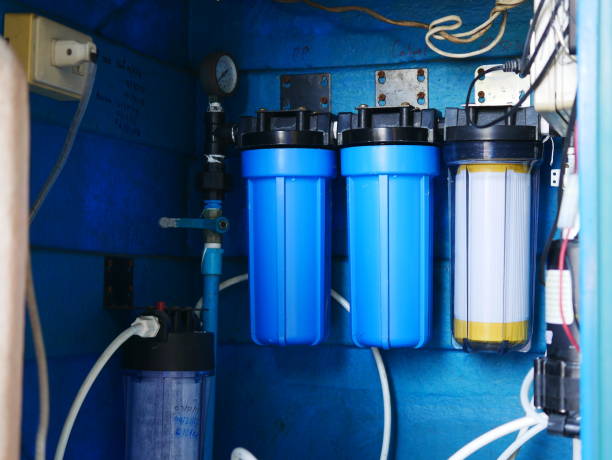What are the different kinds of filters available? Several filters, including sintered glass filters, Pleated Paper, Cotton, Polyester, and Catalytic carbon. Let’s take a closer look at each one. You can learn more by researching more about this or contacting distributors in your area, like Donaldson filter distributor VA.
Pleated paper
Today, pleated paper filters are most often found in modern passenger cars and trucks. Often, they are used to remove tiny dust particles from the air. These particles are typically 50-100 um in diameter and are composed of silicon oxide, with a Mohs hardness of 7. This material is used as a filtration medium in two-stage systems. The filtering medium retains the larger dust particles in one stage, while the pleated filter paper captures the smaller ones.
Many parameters determine the quality of pleated filter paper. The separation efficiency of pleated paper filters is 99.9%, while the pressure drop ranges between four and seven kPa. This type of filter has the best performance in air filters sensitive to high or low pH. It is often combined with polyester to improve strength and filtration capabilities. This type of filter can be cleaned and reused and has a low cost.
Cotton
Fabric filters are most often made of cotton, although they can also be woolen or haircloth. Both materials are usually used in similar ways, with the cotton filter being the most common. You can fasten it to a wooden frame, forming a shallow bag. The turbid liquid is poured into the bag and filtered; the filtrate is clear and is returned to the process. However, the cotton filter can be hindered by fine, slimy precipitates or crystals that may form in the crevices of the cloth.
The most common cellulose used in wound filters is cotton, although other materials are also used. Both fabric types have similar chemical compatibility ranges, although cotton has a higher environmental perception than rayon. Cotton is also cheaper in many regions. In the USA, it is the most common filtration medium. Cotton also is more environmentally friendly than rayon and other plant-derived cellulosic fibers.
Polyester
A polyester filter is used to remove water from liquid systems. Its main feature is that it absorbs very little water, resulting in a low-porous surface. Padded polyester absorbs less water, but this does not mean that it is not water-repellent. The main difference between standard polyester and padded polyester is that padded polyester has smaller pore diameters. In a padded polyester filter, the polymer nanocomposition reduces the pore diameter, increasing adsorption capacity.
Polyester filters have a reputation for being resistant to various chemical agents. They have excellent resistance to abrasion, dry heat degradation, and most organic and mineral acids. They are particularly effective for the filtration of aggressive chemicals and acids. Ethylene ChloroTriFluoroEthylene (ECTFE) fabrics have an innate ability to merge complex liquids. The material is also resistant to the piranha effect. Polyphenylene sulfide fibers have excellent chemical and heat resistance, making them ideal for baghouse filters.
Catalytic carbon
A catalytic carbon filter reduces chlorine and chloramines in the water. These chemicals are more difficult to remove than chlorine and create a foul taste and smell. Catalytic carbon is used to empty these chemicals, breaking down the chemical into ammonia and chloride. The result is cleaner water without the unpleasant aftertaste. A catalytic carbon filter is a good choice for water purification to make sure that your water remains fresh and safe.
This type of filter can be rated by particle size in microns. Smaller particles have trouble passing through a filter that uses activated carbon. Some filtration systems use catalytic carbon, a modified form of activated carbon. This type of carbon can remove hydrogen sulfide, a colorless gas that smells like rotten eggs. It can also remove many other contaminants from water.
